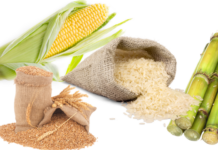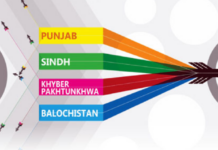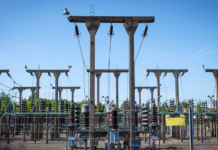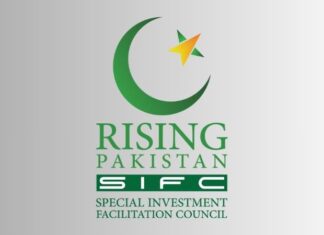ISLAMABAD — Pakistan’s large-scale manufacturing (LSM) sector showed signs of recovery in May 2025, posting a year-on-year increase of 2.29%, with the Quantum Index of Large Scale Manufacturing Industries (QIM) reaching 116.58, according to data released Tuesday by the Pakistan Bureau of Statistics (PBS).
On a monthly basis, LSM output jumped by 7.93% compared to April 2025, when the index was recorded at 108.01 — a strong sequential recovery driven by a seasonal pickup in production and improving domestic conditions.
Despite the improvement in May, the cumulative performance for the first ten months of FY2024-25 (July–May) remained negative, with LSM contracting by 1.21% year-on-year. The decline underscores the continued challenges faced by the industrial sector amid weak external demand, currency depreciation, and tight financial conditions.
The cumulative decline in the index was mainly attributable to drops in key sectors such as food (-0.41), chemicals (-0.33), non-metallic mineral products (-0.51), cement (-0.25), iron & steel products (-0.43), electrical equipment (-0.38), machinery and equipment (-0.18), and furniture (-1.69).
On the positive side, gains were noted in sectors such as garments (+0.80), automobiles (+0.78), textiles (+0.46), petroleum products (+0.33), tobacco (+0.12), pharmaceuticals (+0.16), and other transport equipment (+0.15), helping partially offset broader declines.
According to the PBS, the index performance was calculated using three different sources of data: the Oil Companies Advisory Council (OCAC), Ministry of Industries and Production, and Provincial Bureaus of Statistics (BoS). The QIM index is widely viewed as a key barometer of industrial health and contributes significantly to GDP.
LSM accounts for approximately 69% of the manufacturing sector, which in turn contributes nearly 13% to Pakistan’s GDP — making it one of the most critical engines of economic growth.
While the May figures show signs of stabilization, economic analysts caution that sustained recovery will depend on structural improvements, consistent energy supply, exchange rate stability, and improved investor sentiment. Some rebound was observed in H2 of FY24, but economic momentum remained constrained by high input costs, limited credit availability, and subdued export demand.
The government’s industrial policy framework — aimed at reviving manufacturing through energy price rationalization, tax incentives, and import substitution — has yet to fully translate into broad-based recovery across industries. Moreover, tightening global financial conditions and import restrictions earlier in the fiscal year have weighed on production capacity and raw material availability.
As Pakistan heads into the final quarter of the fiscal year, policymakers are expected to closely monitor LSM trends, as the sector remains central to employment generation, export diversification, and overall economic recovery.























